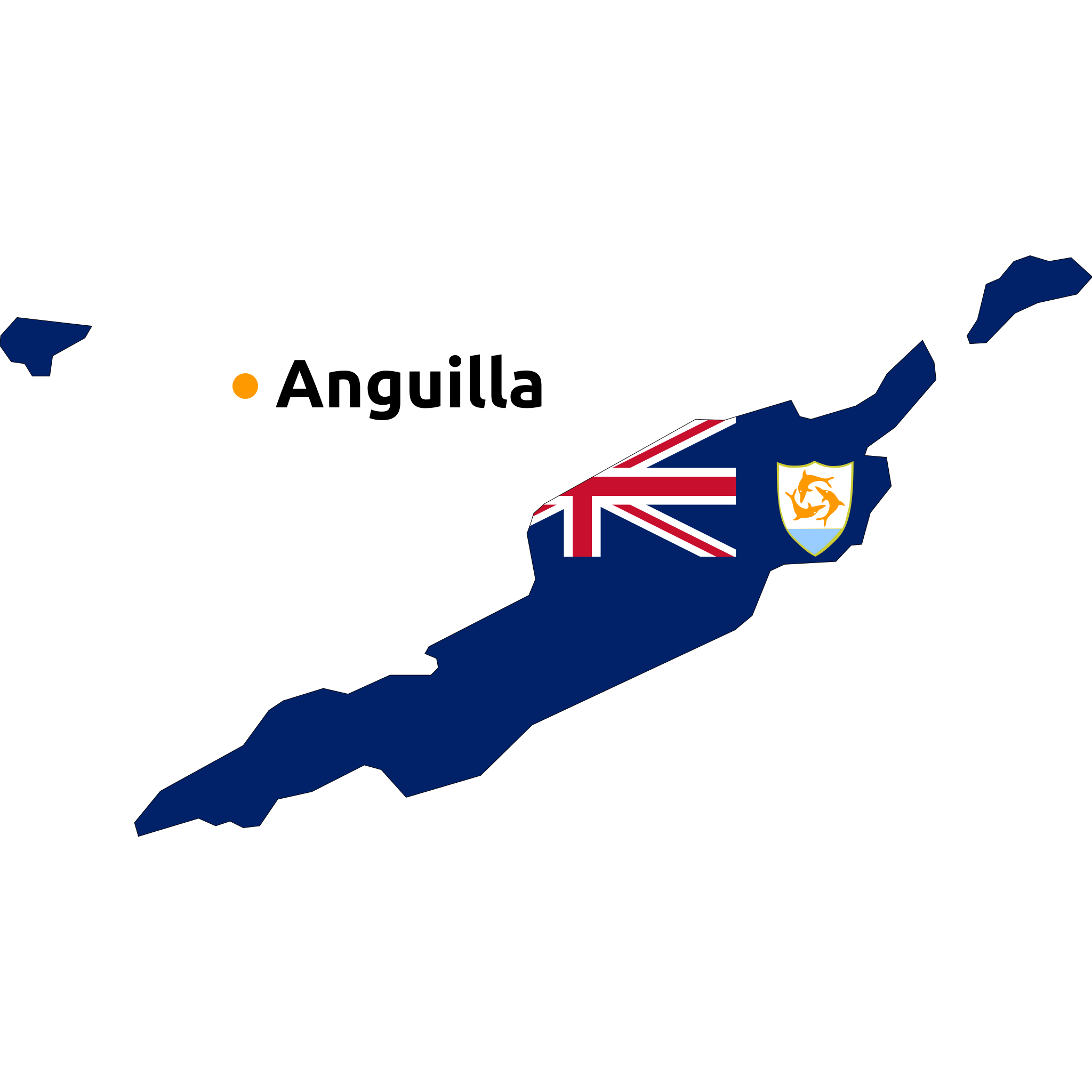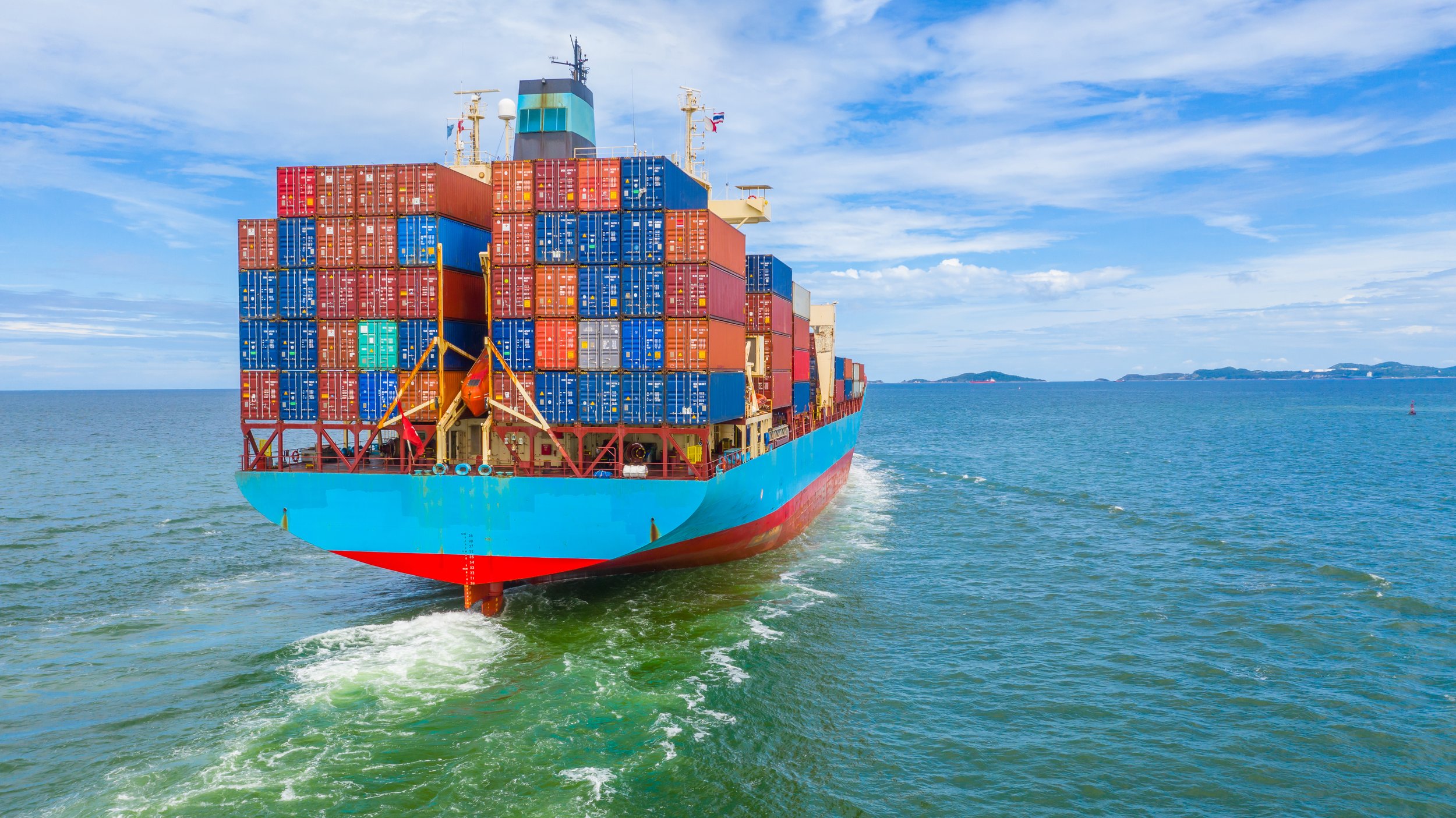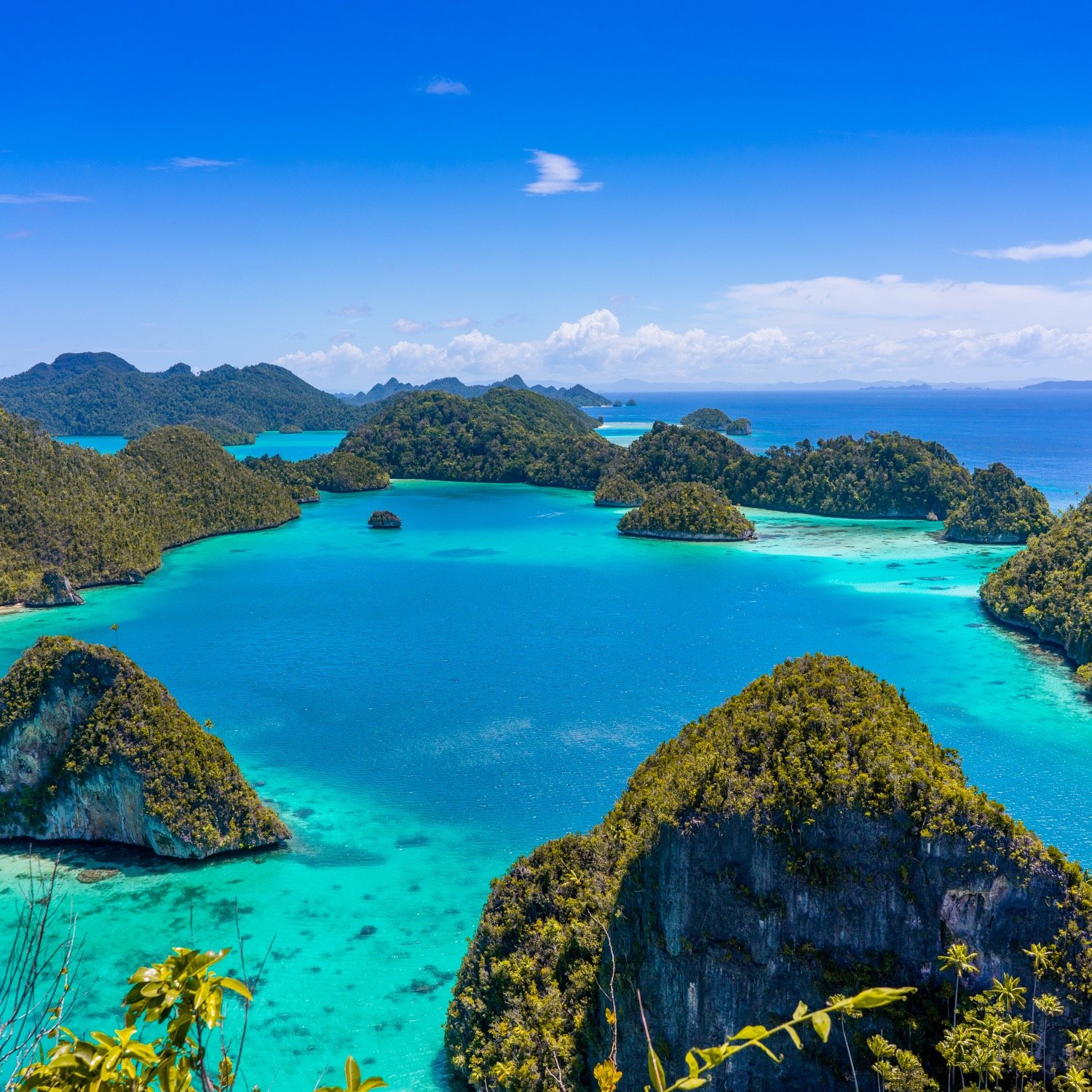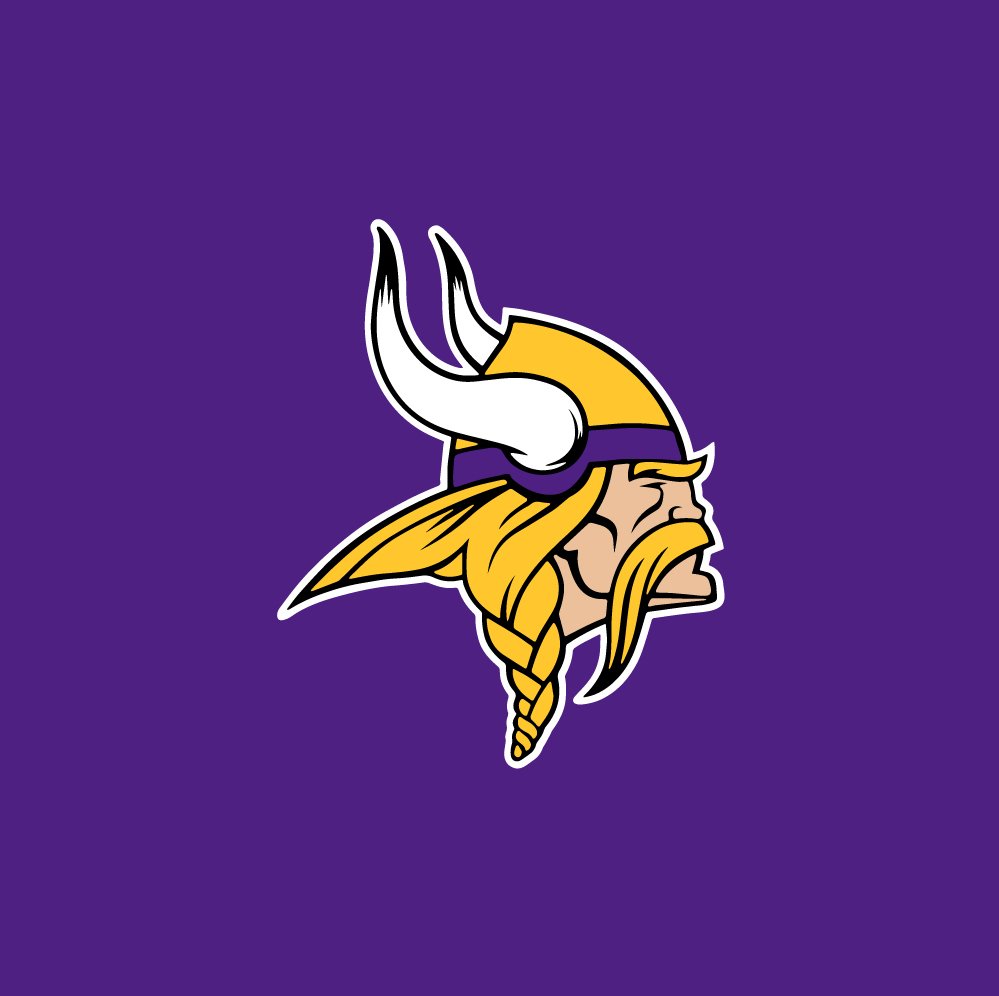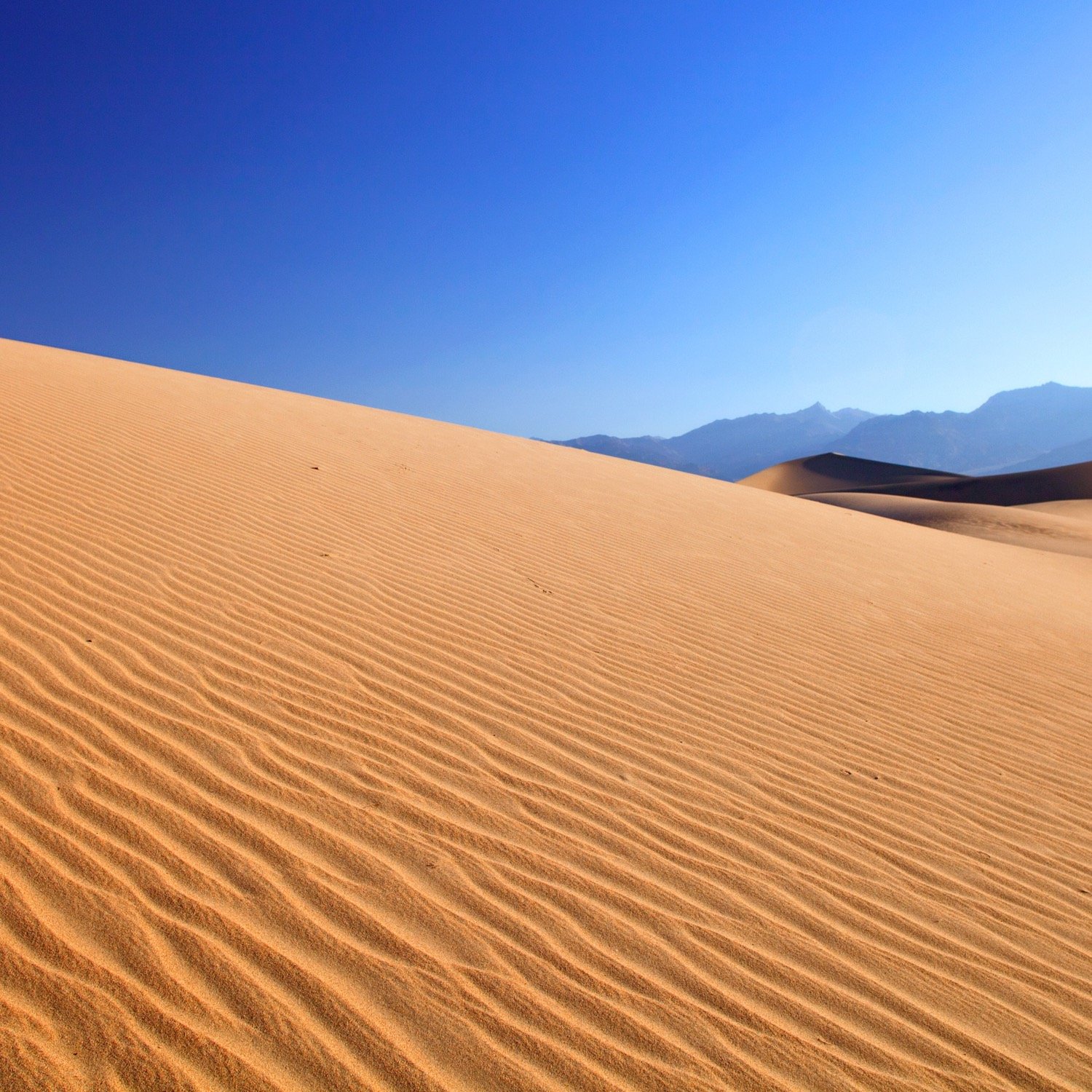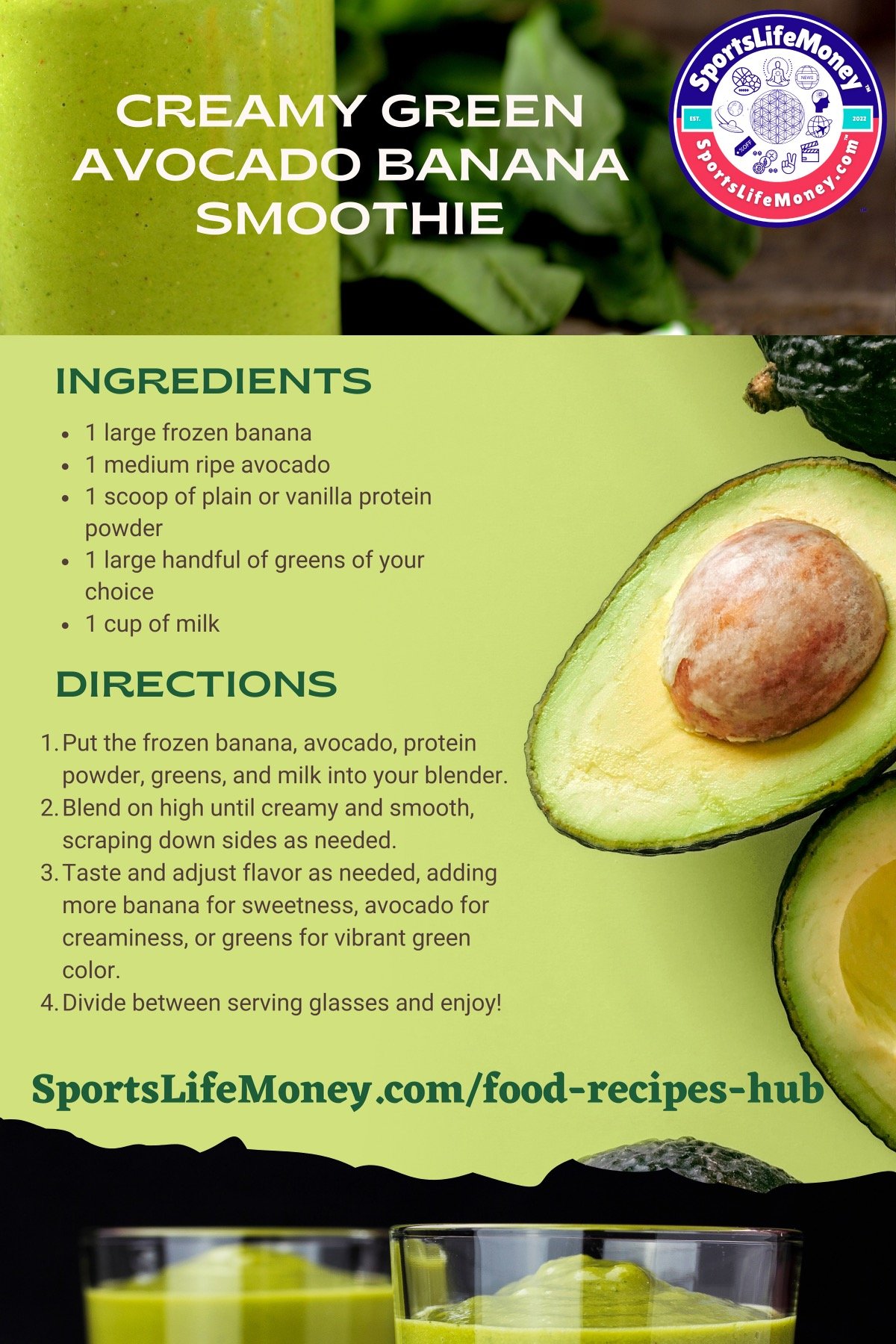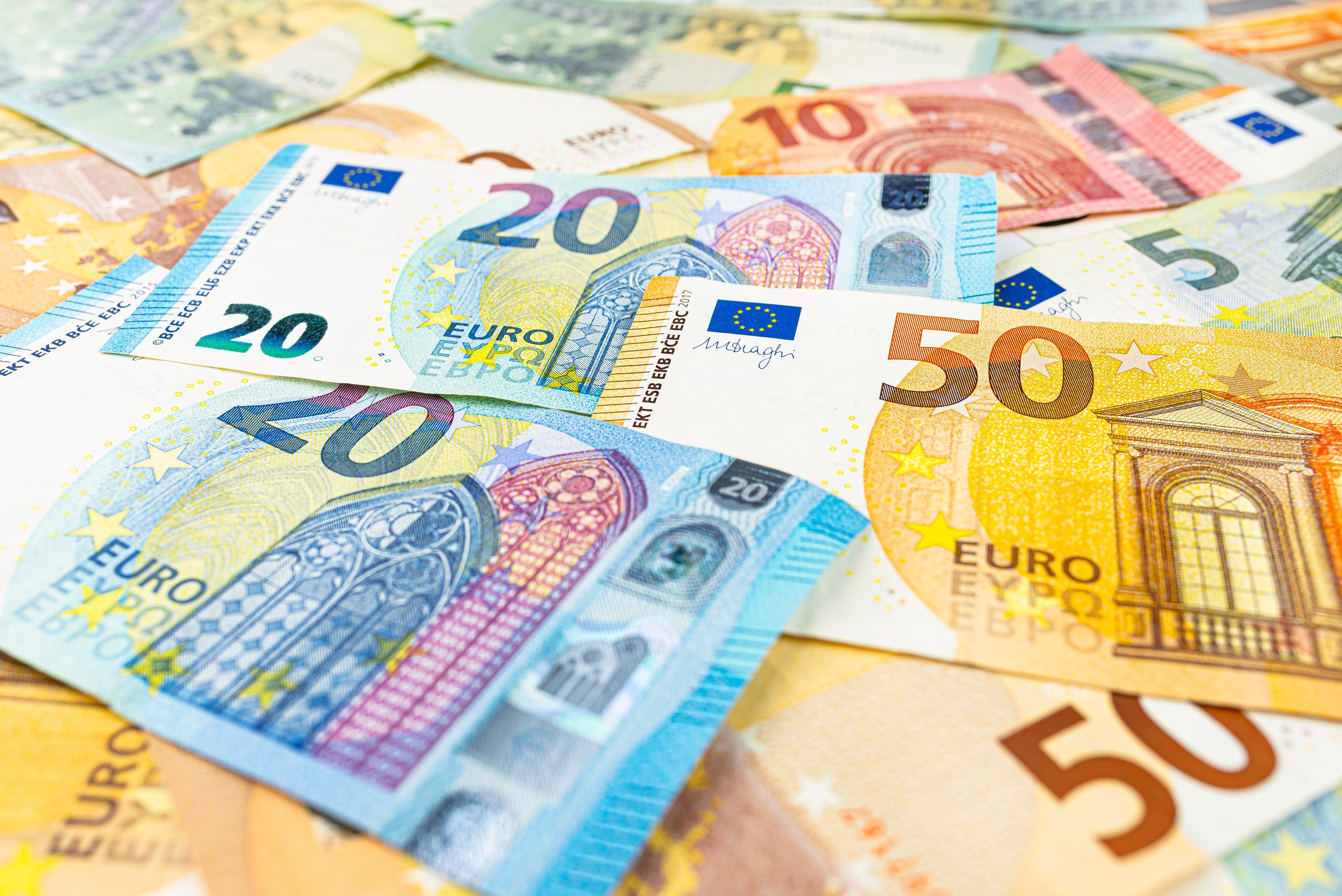Country Summary: China (People’s Republic of China)


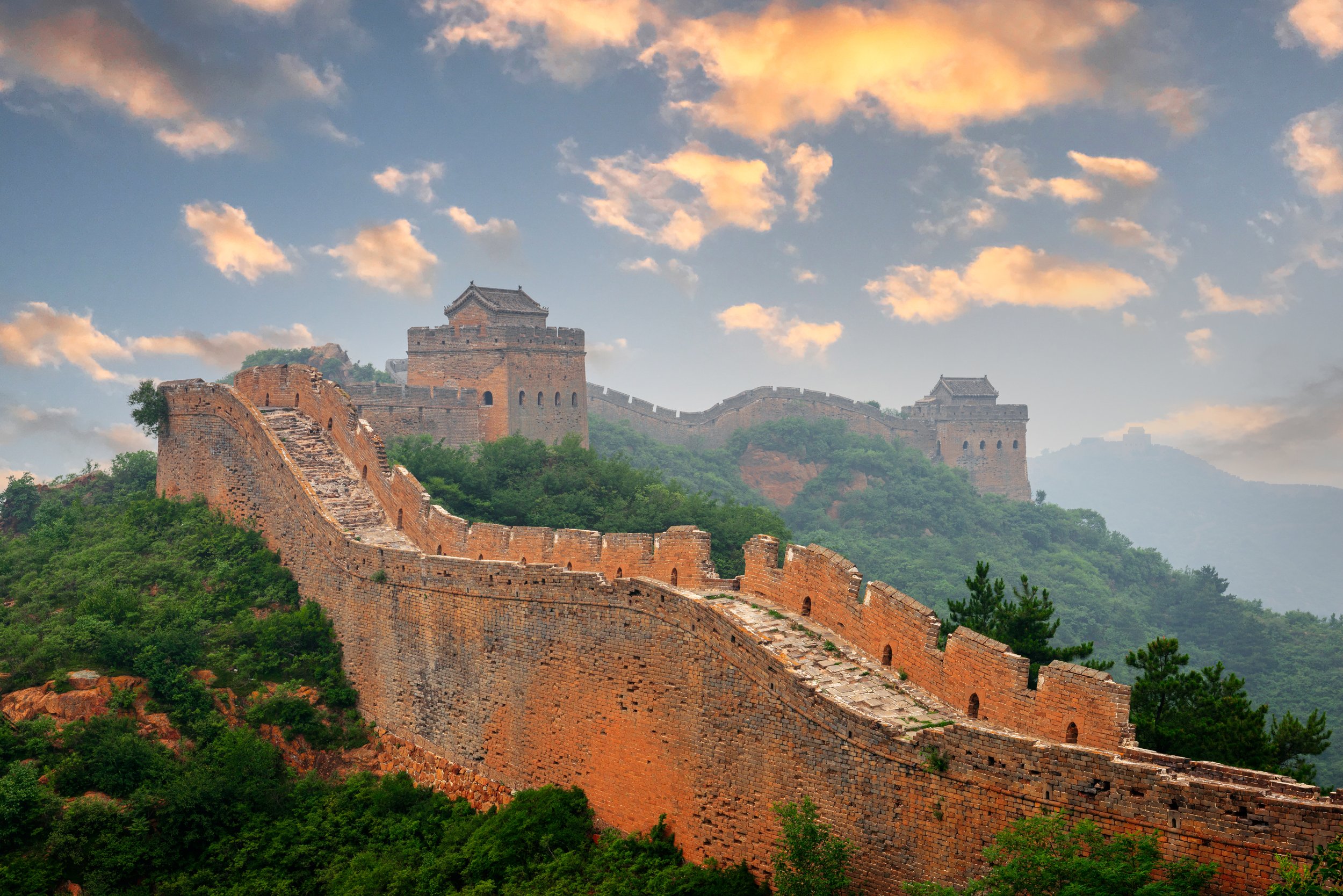

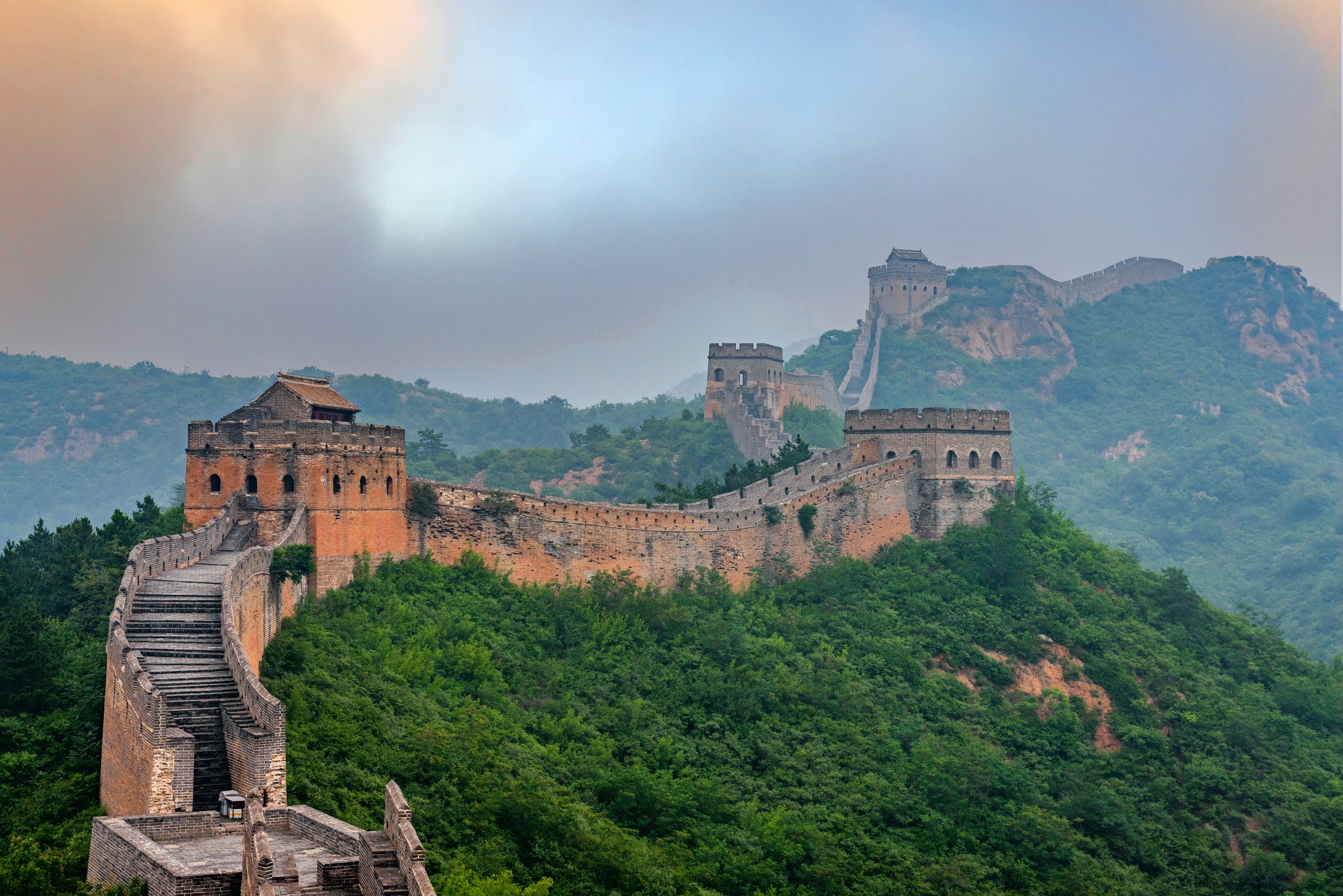
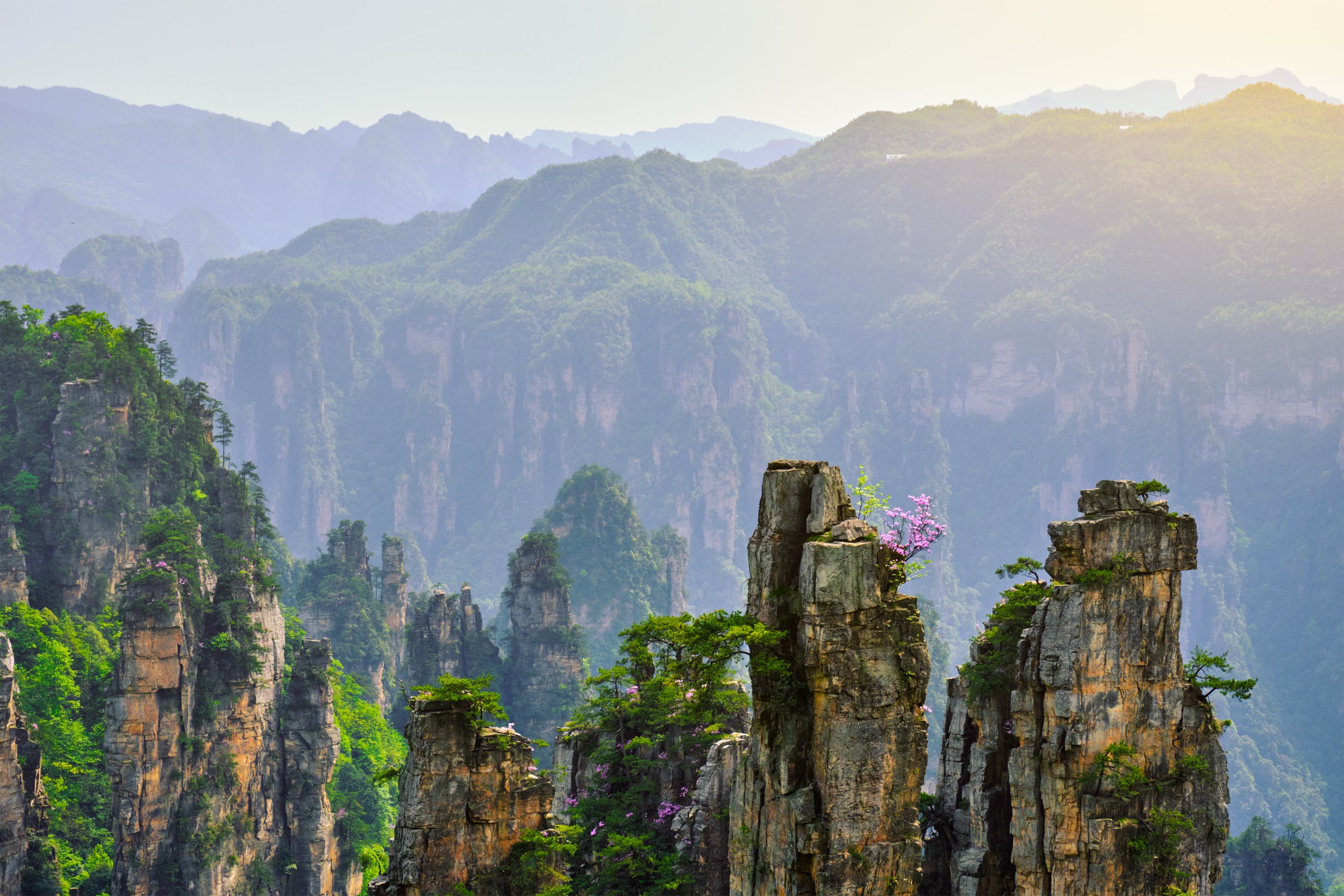
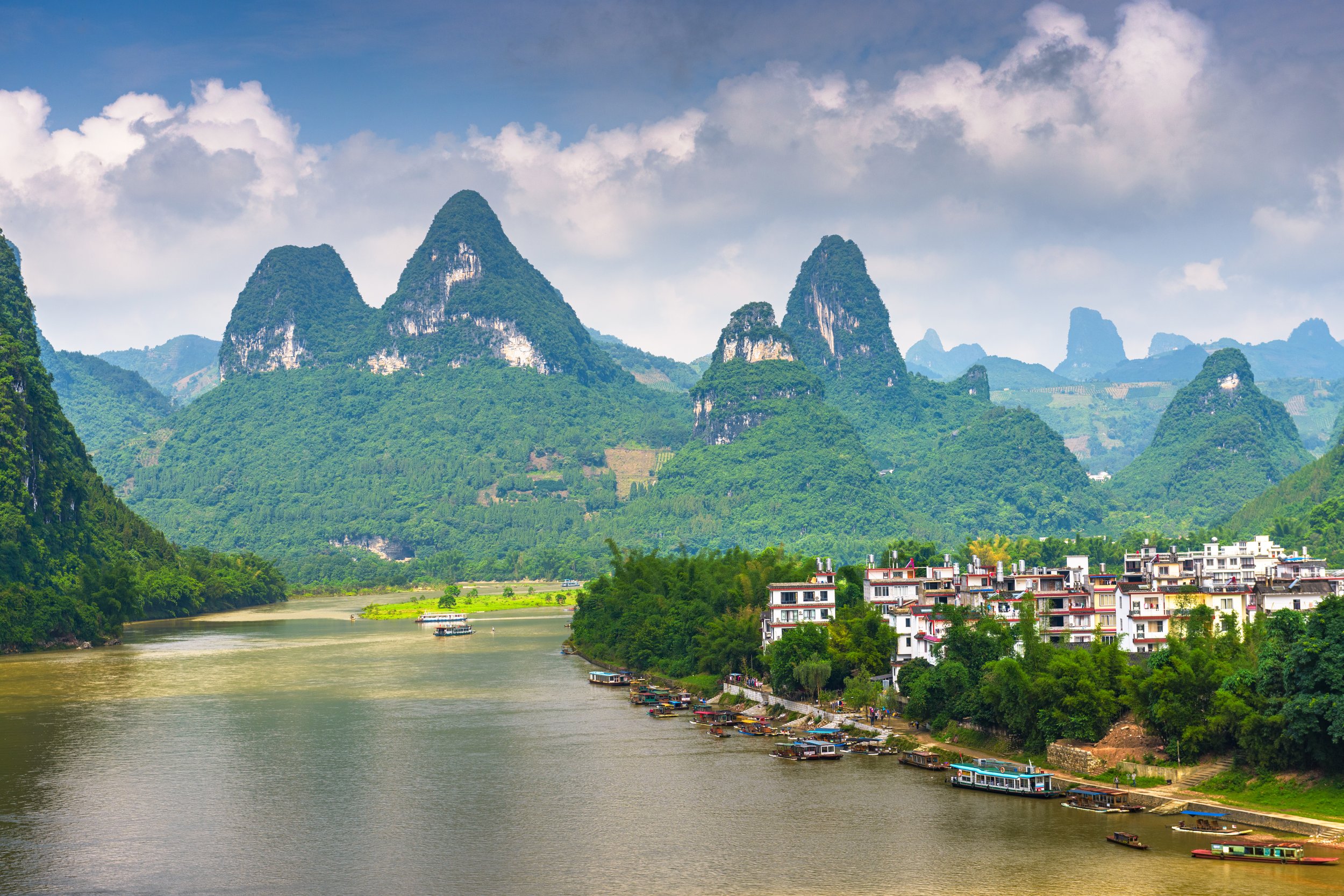

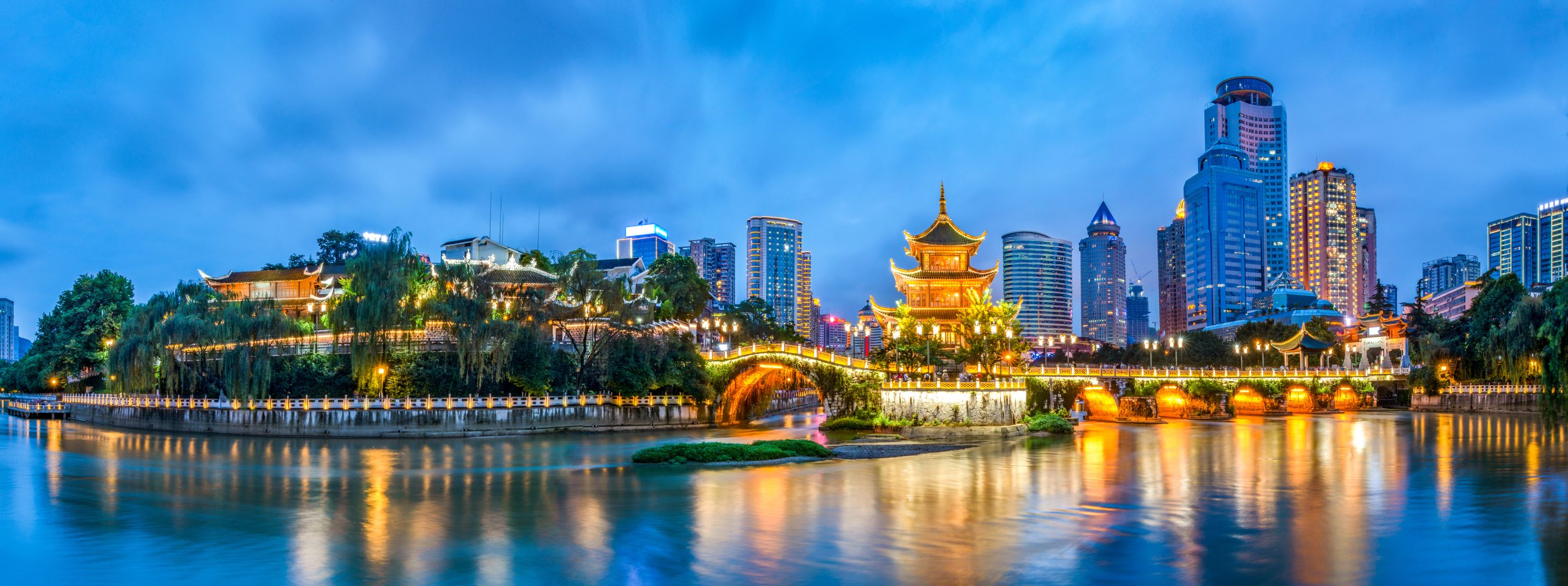









Country Name: China (People’s Republic of China)
Capital: Beijing
Official Visa & Travel Information: State Council of the People’s Republic of China (Visa Services)
Government Type: communist party-led state
Background: China's historical civilization dates to at least the 13th century B.C., first under the Shang (to 1046 B.C.) and then the Zhou (1046-221 B.C) dynasties. The imperial era of China began in 221 B.C. under the Qin Dynasty and lasted until the fall of the Qing Dynasty in 1912. During this period, China alternated between periods of unity and disunity under a succession of imperial dynasties. In the 19th century, the Qing Dynasty suffered heavily from overextension by territorial conquest, insolvency, civil war, imperialism, military defeats, and foreign expropriation of ports and infrastructure. It collapsed following the Revolution of 1911, and China became a republic under SUN Yat-sen of the Kuomintang (KMT or Nationalist) Party. However, the republic was beset by division, warlordism, and continued foreign intervention. In the late 1920s, a civil war erupted between the ruling KMT-controlled government led by CHIANG Kai-shek, and the Chinese Communist Party (CCP). Japan occupied much of northeastern China in the early 1930s, and then launched a full-scale invasion of the country in 1937. The resulting eight years of warfare devastated the country and cost up to 20 million Chinese lives by the time of Japan’s defeat in 1945. The Nationalist-Communist civil war continued with renewed intensity following the end of World War II and culminated with a CCP victory in 1949, under the leadership of MAO Zedong.
MAO and the CCP established an autocratic socialist system that, while ensuring the PRC's sovereignty, imposed strict controls over everyday life and launched agricultural, economic, political, and social policies - such as the Great Leap Forward (1958-1962) and the Cultural Revolution (1966-1976) - that cost the lives of millions of people. MAO died in 1976. Beginning in 1978, subsequent leaders DENG Xiaoping, JIANG Zemin, and HU Jintao focused on market-oriented economic development and opening up the country to foreign trade, while maintaining the rule of the CCP. Since the change, China has been among the world’s fastest growing economies, with real gross domestic product averaging over 9% growth annually through 2021, lifting an estimated 800 million people out of poverty, and dramatically improving overall living standards. By 2011, the PRC’s economy was the second largest in the world. The growth, however, has created considerable social displacement, adversely affected the country’s environment, and reduced the country’s natural resources. Current leader XI Jinping has continued these policies, but also has maintained tight political controls. Over the past decade, China has also increased its global outreach, including military deployments, participation in international organizations, and initiating a global connectivity initiative in 2013 called the "Belt and Road Initiative" (BRI). While many nations have signed on to BRI agreements to attract PRC investment, others have balked at the opaque lending behavior; weak environment, social, and governance (ESG) standards; and other practices that undermine local governance and foster corruption associated with some BRI-linked projects. XI Jinping assumed the positions of General Secretary of the Chinese Communist Party and Chairman of the Central Military Commission in 2012 and President in 2013. In March 2018, the PRC’s National People’s Congress passed an amendment abolishing presidential term limits, opening the door for XI to seek a third five-year term in 2023, which he ultimately secured.
Continent: Asia
Population: 1,413,142,846 (2023 est.)
Ethnic Groups: Han Chinese 91.1%, ethnic minorities 8.9% (includes Zhang, Hui, Manchu, Uighur, Miao, Yi, Tujia, Tibetan, Mongol, Dong, Buyei, Yao, Bai, Korean, Hani, Li, Kazakh, Dai, and other nationalities) (2021 est.)
Languages: Standard Chinese or Mandarin (official; Putonghua, based on the Beijing dialect), Yue (Cantonese), Wu (Shanghainese), Minbei (Fuzhou), Minnan (Hokkien-Taiwanese), Xiang, Gan, Hakka dialects, minority languages (see Ethnic groups entry); note - Zhuang is official in Guangxi Zhuang, Yue is official in Guangdong, Mongolian is official in Nei Mongol, Uyghur is official in Xinjiang Uygur, Kyrgyz is official in Xinjiang Uyghur, and Tibetan is official in Xizang (Tibet)
Religions: folk religion 21.9%, Buddhist 18.2%, Christian 5.1%, Muslim 1.8%, Hindu < 0.1%, Jewish < 0.1%, other 0.7% (includes Daoist (Taoist)), unaffiliated 52.1% (2021 est.)
Economic Overview: one of the world’s top two economies; sustained growth due to export relations, its manufacturing sector, and low-wage workers; only major economy to avoid COVID-19 economic decline; recovery efforts slowing due to longstanding poverty imbalances and other institutional issues; state-sponsored economic controls
Currency: Chinese Yuan Renminbi (CNY)
Reserves of Foreign Exchange & Gold: $3.307 trillion (2022 est.) note: holdings of gold (year-end prices)/foreign exchange/special drawing rights in current dollars
Real GDP (Purchasing Power Parity): $25.684 trillion (2022 est.) note: data in 2017 dollars
Real GDP Growth Rate: 2.99% (2022 est.) note: annual GDP % growth based on constant local currency
Real GDP per Capita: $18,200 (2022 est.) note: data in 2017 dollars
Exports:
$3.716 trillion (2022 est.) note: balance of payments - exports of goods and services in current dollars
Comparison Ranking: 1
Export Commodities: broadcasting equipment, computers, integrated circuits, office machinery and parts, telephones (2021)
Export Partners: United States 17%, Hong Kong 10%, Japan 6% (2019)
Imports:
$3.139 trillion (2022 est.) note: balance of payments - imports of goods and services in current dollars
Import Commodities: crude petroleum, integrated circuits, iron, natural gas, cars, gold (2019)
Import Partners: South Korea 9%, Japan 8%, Australia 7%, Germany 7%, US 7%, Taiwan 6% (2019)
Natural Resources: coal, iron ore, helium, petroleum, natural gas, arsenic, bismuth, cobalt, cadmium, ferrosilicon, gallium, germanium, hafnium, indium, lithium, mercury, tantalum, tellurium, tin, titanium, tungsten, antimony, manganese, magnesium, molybdenum, selenium, strontium, vanadium, magnetite, aluminum, lead, zinc, rare earth elements, uranium, hydropower potential (world's largest), arable land
Agricultural Products: maize, rice, vegetables, wheat, sugar cane, potatoes, cucumbers, tomatoes, watermelons, sweet potatoes
Industries: world leader in gross value of industrial output; mining and ore processing, iron, steel, aluminum, and other metals, coal; machine building; armaments; textiles and apparel; petroleum; cement; chemicals; fertilizer; consumer products (including footwear, toys, and electronics); food processing; transportation equipment, including automobiles, railcars and locomotives, ships, aircraft; telecommunications equipment, commercial space launch vehicles, satellites
Industrial Production Growth Rate:
3.76% (2022 est.) note: annual % change in industrial value added based on constant local currency
Comparison Ranking: 102
Labor Force: 781.808 million (2022 est.)
Unemployment Rate: 4.98% (2022 est.)
Natural Hazards: frequent typhoons (about five per year along southern and eastern coasts); damaging floods; tsunamis; earthquakes; droughts; land subsidence
Volcanism: China contains some historically active volcanoes including Changbaishan (also known as Baitoushan, Baegdu, or P'aektu-san), Hainan Dao, and Kunlun although most have been relatively inactive in recent centuries
Geography:
Total: 9,596,960 sq km
Land: 9,326,410 sq km
Water: 270,550 sq km
(Country Summary, The World Factbook, CIA.gov)
LEGAL, FINANCIAL, & TAX ADVICE DISCLAIMER: The information on SportsLifeMoney’s™ (“SLM”) websites, podcast network, videos, social media accounts, and other platforms (collectively, “SLM Platforms”) is strictly and solely provided for educational and informational purposes only. All of the information and materials on the aforementioned SLM Platforms do not constitute and are not intended to provide legal, financial, accounting, or tax advice, and should not be relied on in that respect. SLM recommends that you consult with an attorney, certified financial advisor, or licensed accountant to answer any legal, financial, or tax questions you may have. SLM also recommends that you consult with an attorney, certified financial advisor, or licensed accountant before making any legal, financial, or tax-related decisions based on content and/or subject matter included and/or discussed on any of the SLM Platforms. Before you act or rely on any information you have heard, read, viewed, and/or listened to on any of the SLM Platforms or communication mediums, SLM recommends that you confirm any and all facts that are important to your decision and that you subsequently consult with an appropriate professional (e.g., attorney, certified financial advisor, certified accountant, etc.) and have them review these facts and also confirm their validity. CAUTION: IF YOU RELY ON ANY INFORMATION, CONTENT, PRODUCT, OR SERVICE FROM ANY OF THE SLM PLATFORMS, YOU DO SO AT YOUR OWN RISK. YOU UNDERSTAND THAT YOU ARE SOLELY RESPONSIBLE FOR ANY AND ALL DAMAGES OR LOSS THAT YOU MAY INCUR THAT RESULTS FROM YOUR USE AND/OR RELIANCE OF ANY OF THE SLM PLATFORMS OR ANY OF THE CONTENT OR MATERIAL OTHERWISE PROVIDED ON ANY OF THESE SLM PLATFORMS. SLM AND ANY AND ALL OF ITS AFFILIATES MAKE NO IMPLIED OR EXPRESS REPRESENTATIONS OR IMPLIED OR EXPRESS WARRANTIES OF ANY KIND REGARDING ANY AND ALL INFORMATION ON ANY OF THE SLM PLATFORMS OR SLM’S AFFILIATE PLATFORMS. SLM AND ITS AFFILIATES WILL NOT BE HELD LIABLE FOR ANY DAMAGES. By continuing to use any of the SLM Platforms, you acknowledge and agree to the aforementioned terms and conditions of this disclaimer and any and all other legally binding terms and conditions set forth in SLM’s Privacy Policy, Terms & Conditions, and other legally binding agreements.











